With only a handful of passenger trains crisscrossing the nation at any given time, it’s difficult for most of us Americans to understand the complexities of building a railway timetable for countries that move millions of people daily. But with the European ‘feeder’ model of local trains bringing people to cities, long-distance trains moving them from city to city, and other feeder trains sending them out to local towns and municipalities, it can become quite a complicated matter. Add in the fact that most national railways shoot for hourly connections between major cities and you can see how intricate a timetable can become.
Most European nations change their timetables twice a year, in the late fall (winter schedule) and the late spring (summer schedule). New railway lines are often launched with the new timetable, while others are shut down. This is also usually the time that countries change pricing strategies as well.
Those timetable changes are something a traveler needs to be aware of. Generally published at least a month before taking effect, they can help (or hinder) upcoming travel and vacation plans. For example, Germany’s new Berlin-to-Munich high speed line officially launches in the Winter 2017 timetable, cutting travel time between these two major cities by over two hours. Not only does this impact travel between these two metropolises, but it also affects local and long-distance trains. In Munich the departure time of trains to destinations like Stuttgart, Innsbruck, and Zurich are tied to the arrival times of inbound trains from Hamburg, Berlin and Frankfurt. So it’s likely these trains’ schedules will also be affected.
If you are planning a trip to Europe in the distant future be aware that the timetables you can access now may not reflect the actual train arrival and departure times (or the trip duration) by the time you visit a year from now. That’s not to say you can’t be planning already; just be sure to update your itinerary as your departure date approaches. Otherwise you might find yourself with some unintended free time at a railway station...
Most European nations change their timetables twice a year, in the late fall (winter schedule) and the late spring (summer schedule). New railway lines are often launched with the new timetable, while others are shut down. This is also usually the time that countries change pricing strategies as well.
Those timetable changes are something a traveler needs to be aware of. Generally published at least a month before taking effect, they can help (or hinder) upcoming travel and vacation plans. For example, Germany’s new Berlin-to-Munich high speed line officially launches in the Winter 2017 timetable, cutting travel time between these two major cities by over two hours. Not only does this impact travel between these two metropolises, but it also affects local and long-distance trains. In Munich the departure time of trains to destinations like Stuttgart, Innsbruck, and Zurich are tied to the arrival times of inbound trains from Hamburg, Berlin and Frankfurt. So it’s likely these trains’ schedules will also be affected.
If you are planning a trip to Europe in the distant future be aware that the timetables you can access now may not reflect the actual train arrival and departure times (or the trip duration) by the time you visit a year from now. That’s not to say you can’t be planning already; just be sure to update your itinerary as your departure date approaches. Otherwise you might find yourself with some unintended free time at a railway station...
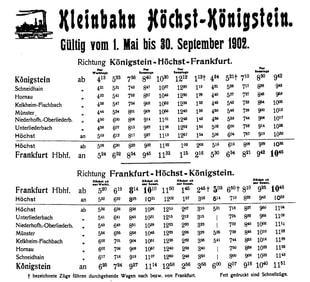
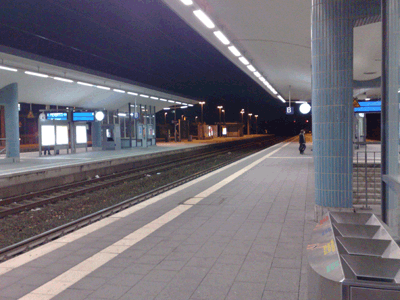
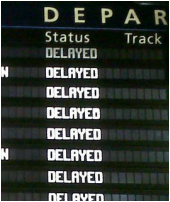
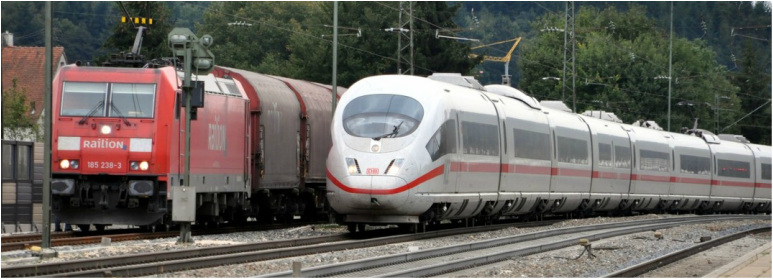
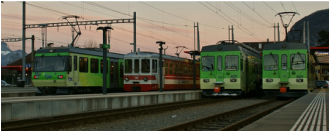
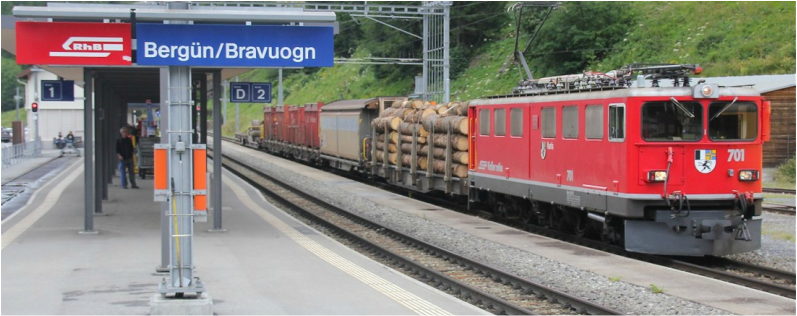
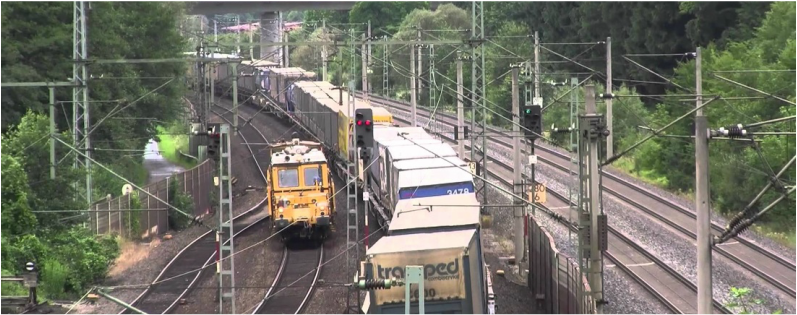
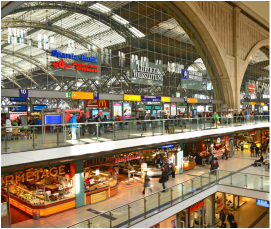

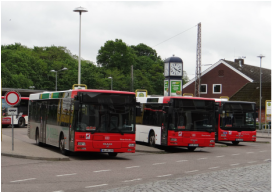
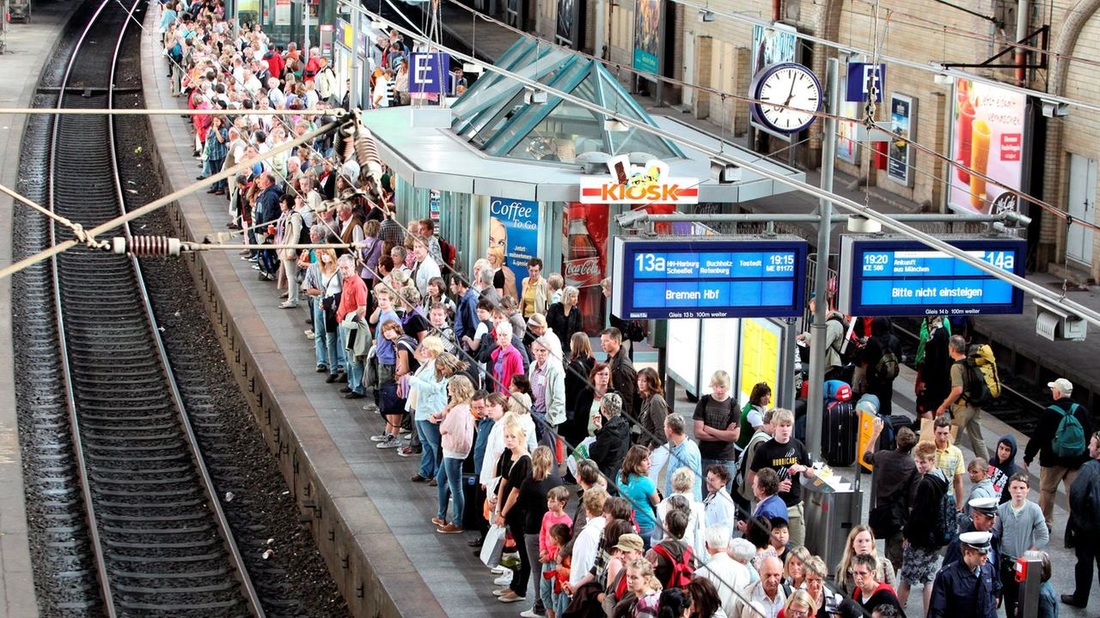
 RSS Feed
RSS Feed